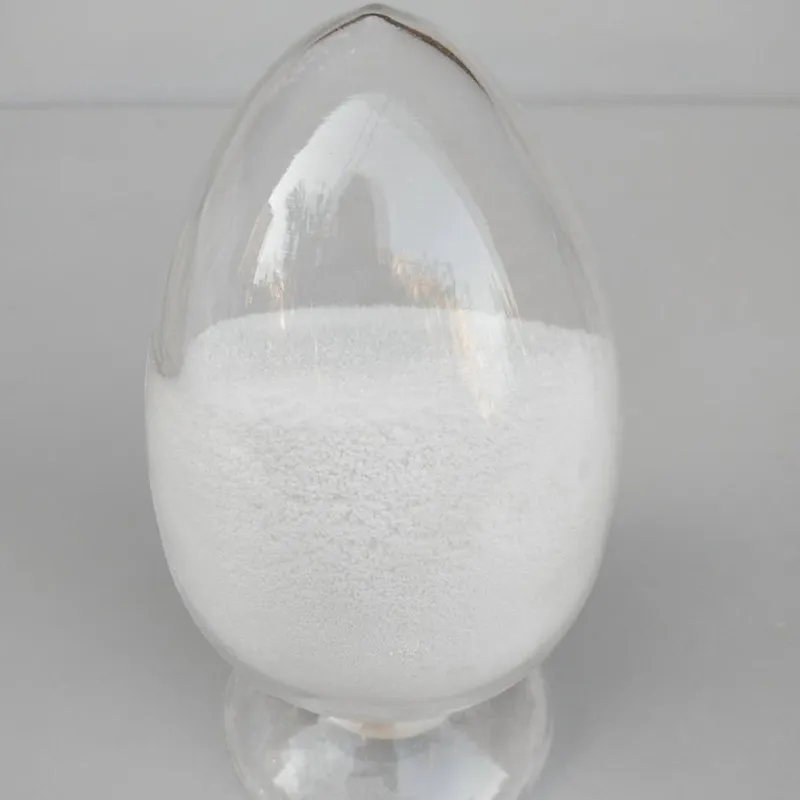
formic acid in water
Formic Acid in Water An Overview
Formic acid, known chemically as methanoic acid, is the simplest carboxylic acid. Its chemical formula is HCOOH, and it is characterized by a pungent odor and a colorless appearance. Formic acid is an intriguing compound due to its various applications across multiple industries, including agriculture, pharmaceuticals, and food preservation. This article explores the properties, behavior, and significance of formic acid in water, as well as its implications for both environmental science and industrial applications.
Properties of Formic Acid
Formic acid has a molecular weight of 46.03 g/mol, with a boiling point of 100.8 °C and a melting point of 8.4 °C. It has a high solubility in water, which makes it a useful solvent in various chemical reactions. When dissolved, formic acid dissociates into formate ions (HCOO-) and hydrogen ions (H+), which can influence pH levels in aqueous solutions.
The acidity of formic acid is relatively strong compared to other carboxylic acids, with a pKa value of approximately 3.75. This property plays a crucial role in its applications, particularly in agriculture where it is used as a preservative and antibacterial agent in silage, as well as pH regulator for animal feed.
Formic Acid in Water Environmental Implications
When released into water systems, formic acid can have both positive and negative environmental impacts. One of the significant concerns is its potential to lower the pH of the water, which can have adverse effects on aquatic life. Many fish and other aquatic organisms thrive within specific pH ranges, and a significant deviation can lead to stress or mortality. Therefore, the regulation of formic acid concentrations in natural water bodies is important to maintain ecological balance.
On the other hand, formic acid also plays a role in biogeochemical cycles. It can be a source of carbon for certain microorganisms, thus participating in organic matter decomposition and nutrient cycling in aquatic ecosystems. The presence of formic acid can enhance microbial diversity and activity, contributing to the overall health of water bodies.
Industrial Applications of Formic Acid in Water Solutions
formic acid in water

In the industrial realm, formic acid is used in various applications where water solubility is advantageous. For instance, it's utilized in leather production for tanning and dyeing processes. Formic acid solutions can penetrate hides more efficiently than many other acids due to their ability to form complexes with metal ions, promoting better dye fixation.
Furthermore, in the textile industry, formic acid is employed as a dyeing agent and a finishing product. By helping to set the dye more effectively, it ensures vibrant colors and helps fabrics retain their appearance over time.
In the realm of food preservation, formic acid serves as a natural preservative. It inhibits the growth of certain bacteria and molds, making it valuable in extending the shelf life of food products. This property is especially beneficial in the preservation of silage for livestock feed, where it prevents spoilage and promotes better fermentation.
Safety and Handling
While formic acid has beneficial applications, it is important to handle it with caution. As a corrosive substance, it can cause burns upon contact with skin or eyes. Inhalation of vapors can also irritate respiratory pathways. Therefore, appropriate safety measures, including the use of personal protective equipment (PPE) such as gloves and goggles, are essential when working with formic acid.
Conclusion
Formic acid in water presents a complex profile of properties that make it both advantageous and potentially harmful. Its ability to interact with biological systems and chemical processes underscores its importance in environmental science and industrial applications. As we continue to explore its uses and effects, it becomes increasingly crucial to manage its presence in natural water bodies and to utilize it responsibly in industrial processes. Understanding the balance between its benefits and risks will contribute to sustainable practices in agriculture, industry, and environmental management, ensuring a safe and productive future.
In summary, formic acid's role in water solutions exemplifies the interconnectedness of chemistry, ecology, and industry, highlighting the need for careful consideration in its application and regulation.
-
Understanding Synthetic Rubber OptionsNewsApr.27,2025
-
Trichloroisocyanuric Acid: Essential for Clean and Safe WaterNewsApr.27,2025
-
Sodium Dichloroisocyanurate: Key to Safe Water TreatmentNewsApr.27,2025
-
Sodium Acid Pyrophosphate: Essential in Modern Food ProcessingNewsApr.27,2025
-
Essential Water Treatment ChemicalsNewsApr.27,2025
-
Denatured Alcohol and Its Industrial UsesNewsApr.27,2025
-
The Versatile Uses of Sodium BicarbonateNewsApr.24,2025
Hebei Tenger Chemical Technology Co., Ltd. focuses on the chemical industry and is committed to the export service of chemical raw materials.
-

view more DiethanolisopropanolamineIn the ever-growing field of chemical solutions, diethanolisopropanolamine (DEIPA) stands out as a versatile and important compound. Due to its unique chemical structure and properties, DEIPA is of interest to various industries including construction, personal care, and agriculture. -

view more TriisopropanolamineTriisopropanolamine (TIPA) alkanol amine substance, is a kind of alcohol amine compound with amino and alcohol hydroxyl, and because of its molecules contains both amino and hydroxyl. -

view more Tetramethyl Thiuram DisulfideTetramethyl thiuram disulfide, also known as TMTD, is a white to light-yellow powder with a distinct sulfur-like odor. It is soluble in organic solvents such as benzene, acetone, and ethyl acetate, making it highly versatile for use in different formulations. TMTD is known for its excellent vulcanization acceleration properties, which makes it a key ingredient in the production of rubber products. Additionally, it acts as an effective fungicide and bactericide, making it valuable in agricultural applications. Its high purity and stability ensure consistent performance, making it a preferred choice for manufacturers across various industries.











